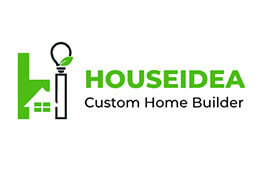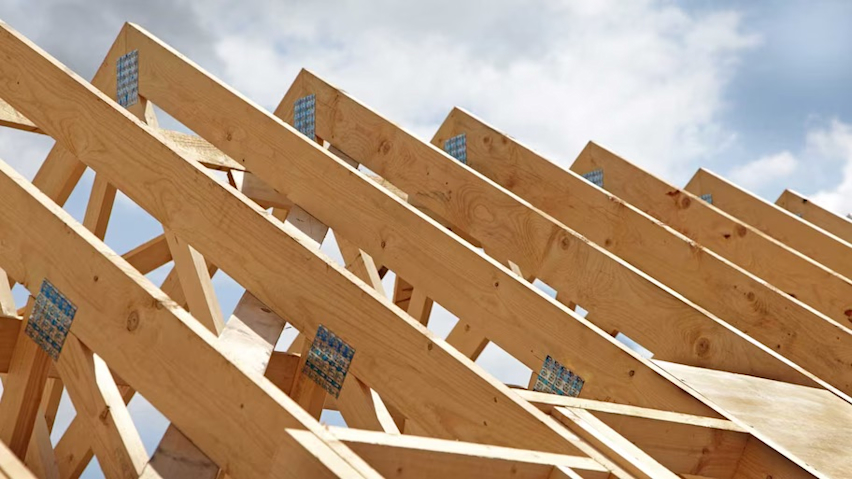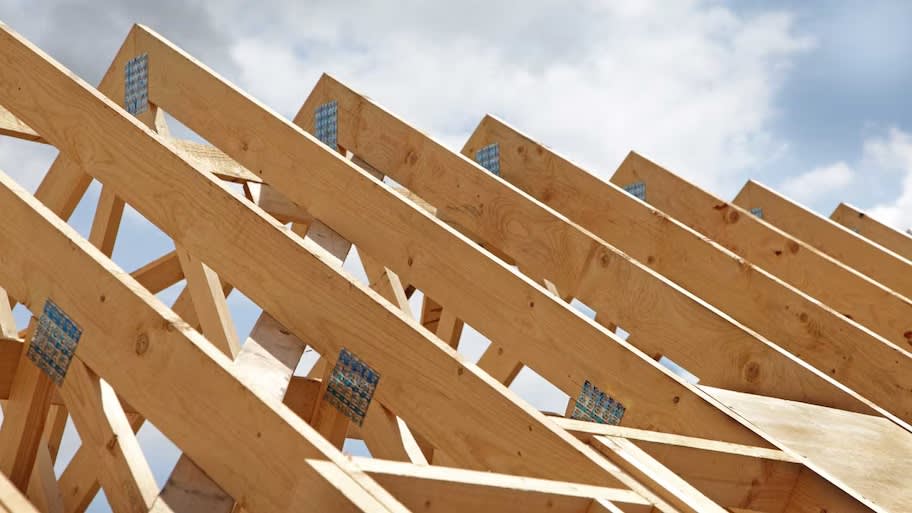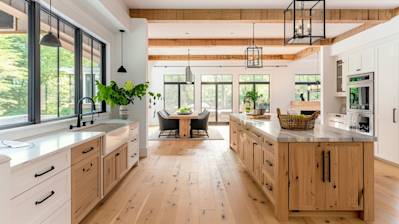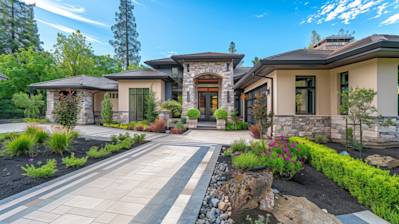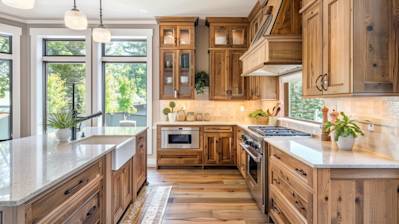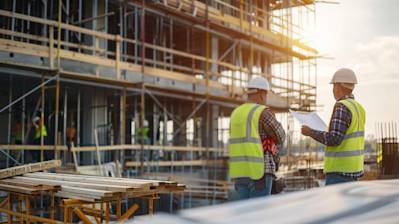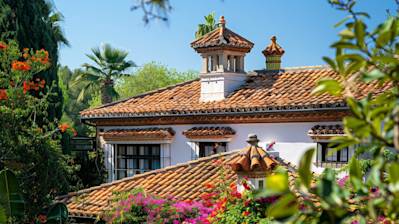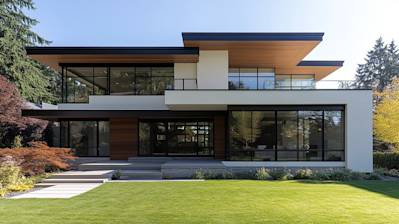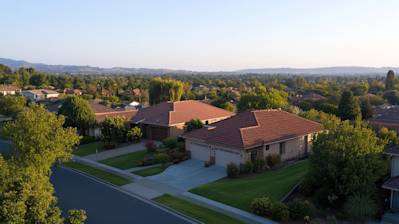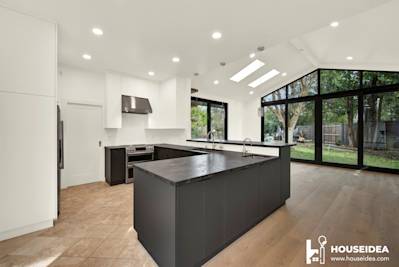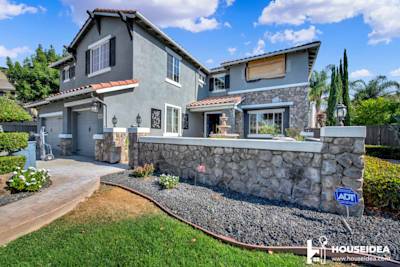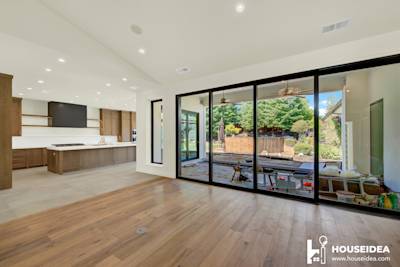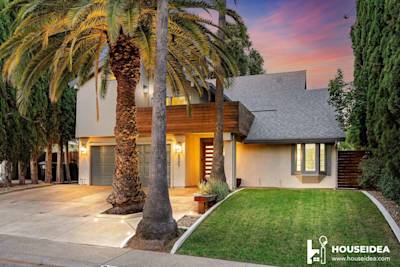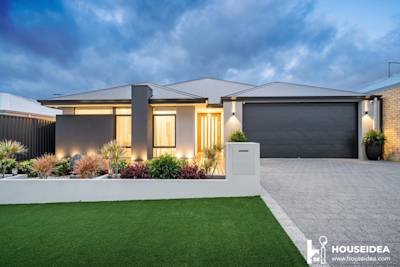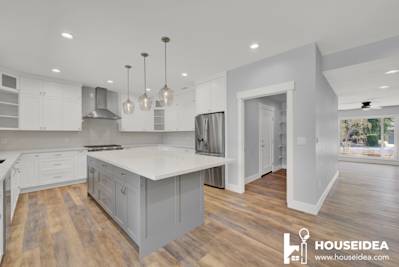If you're researching roof truss designs for your upcoming construction project, you have most likely come across the term "scissor truss". As one of the many possible truss designs, scissor trusses are chosen for specific uses and have their own unique features. In this detailed guide, we delve deep into the scissor truss to help you make an informed decision.
What is a Scissor Truss?
A scissor truss is a type of roof truss often used for effect, usually in cathedral-style buildings. The truss has two bottom chords that meet at an apex, creating a look that mimics an open pair of scissors. Scissor trusses are immensely popular for their aesthetic appeal and their ability to create a sense of space due to their heightened ceilings.
The Construction of Scissor Trusses
The construction of a scissor truss involves several steps specifically unique to its design:
- Designing the Truss: First, architectural plans are drawn up that detail the specific dimensions and material requirements.
- Fabricating the Truss: The truss parts are then cut to size, and the truss is assembled in a factory setting.
- Installing the Truss: Finally, the completed truss is transported to the building site, where it is installed with the rest of the roof system.
Materials Used in Scissor Truss Construction
The most common materials used in building a scissor truss include:
- Wood: This is the most common material due to its cost-effectiveness and workability.
- Steel: When more strength is needed, steel trusses are preferred. They resist warping and deterioration more than wood.
- Aluminum: Aluminum is another metal option, preferred for its lightweight and resistance to corrosion.
The Uses of Scissor Trusses
When it comes to scissor trusses, they're not just about aesthetics. There are also practical benefits to using this type of truss:
Architectural Beauty
In cathedrals, barns, and homes looking for a dramatic effect, scissor trusses can provide a cathedral-style ceiling without the necessity of arched beams.
Structural Stability
Scissor trusses offer increased structural stability compared to other types of trusses. The crossed members evenly distribute the load, making them an excellent choice for areas with heavy snowfall.
Increased Insulation
As scissor trusses provide more space between the ceiling and the roof, this allows for better insulation—delivering excellent thermal efficiency in colder climates.
Essential Factors to Consider When Choosing a Scissor Truss
Here are a few aspects you should bear in mind when deciding on using scissor trusses:
- Design nuances: Scissor trusses require more intricate design planning than basic truss types.
- Cost: The unique aesthetic and functional benefits of scissor trusses come with a higher cost than other truss designs.
- Efficiency in use of space: Due to its design, this truss doesn't readily provide storage space in attic areas.
Scissor Trusses in Modern Buildings
Modern designs frequently use scissor trusses, primarily for their aesthetic features. They're particularly favored in commercial, retail, and public buildings, along with residential homes that aim for an open, spacious interior with lots of natural light.
Frequently Asked Questions about Scissor Truss
When Should I Use a Scissor Truss?
Scissor trusses can be used in various instances, mostly depending on the type of structure and aesthetic you prefer. They're particularly ideal for clients who want a cathedral-style ceiling without the typical cost associated with it. Due to their design, these trusses can provide an elevated ceiling structure with a visually pleasing structure, all while being affordable.
How Do I Install a Scissor Truss?
Installing a scissor truss is typically completed by experienced construction professionals. The process involves locating the wall plates, placing the truss on the wall plates, fastening the truss to the wall, and repeating the process for each subsequent truss. However, it is critical to strictly follow the truss design drawing—especially the installation sequence—to ensure the stability of the structure.
Can a Scissor Truss be Modified or Altered?
Modifying or altering a scissor truss is technically possible; however, it's highly discouraged. Alterations can affect the structural integrity of the truss and could lead to a significant or catastrophic system failure. It's recommended to consult with a structural engineer or truss design professional before considering any modifications to your scissor truss.
What Types of Buildings Benefit from Scissor Trusses?
Scissor trusses are versatile, making them suitable for a variety of structures, like homes, churches, concert venues, and buildings with vaulted or cathedral ceilings. The unique design of scissor trusses lends an elegant aesthetic to the structure while providing functional benefits, like additional headspace.
What is the Cost of a Scissor Truss?
The cost of a scissor truss can vary depending on several factors. These factors include the materials used, the complexity of the truss design, and the specific requirements of your build. According to the national average, the cost of roof trusses can range anywhere between $7,200 to $12,000 for an average-sized home of 2,600 square feet.
How Do I Maintain My Scissor Truss?
Maintenance of a scissor truss is quite straightforward, usually requiring a degree of regular visual inspection especially after significant weather events. Generally, look for signs of stress or structural changes—like cracks, sagging, or water damage. Should any issues be discovered, it's important to consult a professional to assess the damage or potential repairs.
Can I DIY Scissor Truss Installation?
While it's technically possible to DIY scissor truss installation, it's not recommended. Due to their structural significance, incorrect installation can have severe consequences. These installations can be complex and often require an understanding of weight distribution, measurements, and structural safety. As such, it's advisable to hire professional builders or contractors to handle the installation.
How Long Will a Scissor Truss Last?
With proper installation, material quality, and maintenance, a scissor truss can last an exceptionally long time. Many structures with these trusses have withstood decades, even centuries in some cases. Their resilience can be attributed to the truss design which excellently distributes load, therefore reducing structural stress.
Pros of Scissor Truss
Aesthetic Appeal
Adds Architectural Interest
One of the primary benefits of a scissor truss is its unique aesthetic appeal. This type of truss adds architectural interest to a room, thanks to its distinct design. The intricate crossed pattern of the internal web structure can be a focal point within a space, particularly in rooms with high ceilings.
Open Up Spaces
Scissor trusses, due to their design, can open up a space making it feel much larger and more open. This is particularly popular in domestic settings, typically in living spaces, kitchen and dining areas where a sense of openness is desirable.
Construction Advantages
Variable Pitch
A scissor truss gives the builder the advantage to adjust the roof pitch according to their needs without affecting the bottom chord, which remains parallel to the floor. This provides flexibility in design especially for homeowners who want a specific aesthetic appeal or structural benefit.
Insulation and Ventilation
Due to the space created by the scissor truss design, it often allows for better insulation and ventilation in the roof. As such, the problem of dampness and moisture build-up is greatly reduced, enhancing the longevity of the roof structure.
Structural Strength
Load Distribution
Another important advantage of scissor trusses is the effective distribution of load. The unique design of this truss ensures a balanced dispersion of structural stresses giving the truss a strong ability to withstand heavy loads.
Resistant to Wind and Seismic Forces
Scissor trusses have the natural ability to resist wind and seismic forces, making them a reliable choice in regions prone to extreme weather conditions and earthquakes.
Cons of Scissor Truss
Architectural Limitations
Limited Headroom
Scissor truss designs can restrict the height of the ceiling, depending on the angle of the truss. This could limit the headroom and could be a significant disadvantage for buildings where higher ceilings are needed.
Design Restrictions
Scissor trusses have a distinctive appearance that may not suit all architectural styles. Designers and builders will need to consider if the overall look and feel of the structure aligns well with the use of scissor trusses.
Construction Challenges
Installation Difficulties
Installing scissor trusses can be more complex and challenging than installing other types of trusses due to their angled design. This requires a level of skill, experience, and accuracy, which potentially increases the construction time and costs.
Cost
The impressive structural and aesthetic benefits of the scissor truss come with an increased cost. High-quality materials, specialized labor, and increased time all contribute to elevating the cost relative to simpler truss designs.
Structural Constraints
Potential for Deflection
Due to the design of scissor trusses, they can suffer from deflection under heavy snow loads. This potential for movement, over time, can lead to long term structural issues if not properly maintained and observed.
Load-Bearing Concerns
While scissor trusses distribute load effectively, they are typically less efficient in terms of load bearing capacity compared to other truss designs. This is due to the lack of vertical supports in the design that can resist downward force directly. Consequently, overloading a scissor truss or using one for a purpose it was not designed for could lead to failure.
Summary
Scissor truss is an architectural truss design that's visually appealing and functionally superior in certain aspects. They're great for adding character to a space, especially in homes with high ceilings. Though it has a higher upfront cost than other truss designs, investing in a scissor truss can pay off in the long run. It reduces the need for interior load-bearing walls, enables easy installation of insulation and provides an expansive ceiling area.
Retail spaces, warehouses, and homes looking to add a touch of uniqueness to their interior design often turn to scissor truss. The freedom it provides for interior design, combined with its durability and strength, makes this design a popular choice. When installed properly, scissor trusses require minimal maintenance and can withstand heavy loads which means less worry over wear and tear.
Lastly, scissor truss isn't just about the aesthetics, but also about maximizing space. It creates a spacious atmosphere, particularly in the areas where the ceiling is high. This is beneficial especially for small homes as it provides an illusion of more space. So, if you're dreaming of a beautiful, durable, and flexible design for your building, then scissor truss can surely be one of your top options.
About HouseIdea
At HouseIdea, located in the sunny city of Sacramento, CA, our principal aim is to assist you in transforming your house into a beautiful and innovative home. With us, innovation meets exclusivity - we are committed to providing unique interior design ideas, vibrant yet elegant architectural solutions, and home renovation services tailored for you. Our expert team understands the magic behind the walls of your home, ensuring that every design matches your unique style and preference. From redesigning spaces to creating new ones, we infuse creativity, sophistication, and a dash of your personality. HouseIdea is the ultimate stop for all your home styling needs. We love houses. We adore turning them into homes. Come, let's make your house a home together!
Tags: construction, roofing, architecture,
